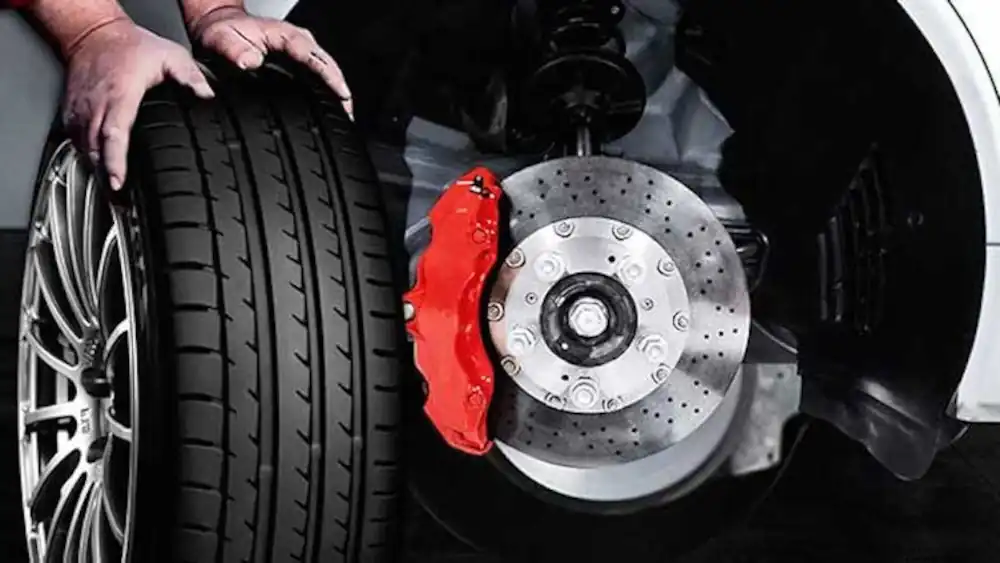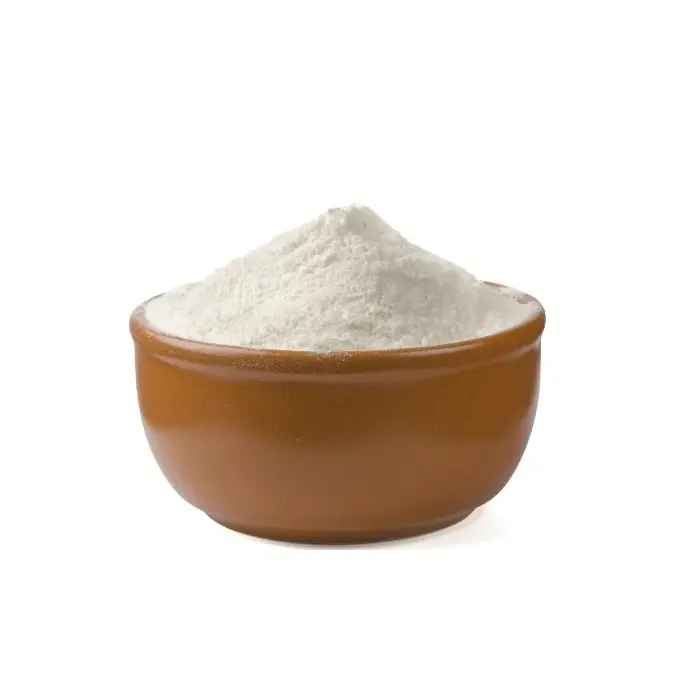In the braking system, brake pads are core components, and their performance directly affects driving safety. With the development of the automobile industry, the performance requirements for brake pads are getting higher and higher. As an important additive, magnesium oxide has brought many improvements to brake pads through its application in brake pads.

1. Improve the wear resistance of brake pads
Brake pads will produce severe friction with the brake disc during braking, so wear resistance is one of the important properties of brake pads. Magnesium oxide has the characteristics of high hardness and high melting point. Adding it to brake pads as an additive can effectively improve the wear resistance of brake pads. The distribution of magnesium oxide particles in brake pads can form a strong skeleton to resist wear during braking, thereby extending the service life of brake pads.
2. Improve the friction performance of brake pads
The friction performance of brake pads directly determines the quality of braking effect. The application of magnesium oxide in brake pads can improve the friction performance of brake pads, making them have a more stable and reliable braking effect. The addition of magnesium oxide can adjust the friction coefficient of brake pads to keep it within a suitable range and avoid the adverse effects of too high or too low friction coefficients. At the same time, magnesium oxide can also improve the friction stability between the brake pad and the brake disc, and reduce problems such as brake failure or excessive braking distance caused by changes in the friction coefficient.
3. Improve the high temperature resistance of the brake pad
During high-speed driving or long braking, the brake pad will generate a lot of heat. If the high temperature resistance of the brake pad is insufficient, it will cause its performance to decline or even fail. Magnesium oxide has good high temperature resistance and can maintain stable chemical and physical properties at high temperatures. Therefore, adding magnesium oxide to the brake pad can improve the high temperature resistance of the brake pad, so that it can still maintain a stable braking effect at high temperatures.
4. Enhance the mechanical strength of the brake pad
Brake pads need to withstand greater pressure and impact during braking, so their mechanical strength is also one of the very important properties. Magnesium oxide, as an inorganic filler, can improve the mechanical strength of the brake pad. The distribution of magnesium oxide particles in the brake pad can form a strong skeleton structure and improve the compressive strength and impact resistance of the brake pad. This helps to reduce the deformation and damage of the brake pad during braking and improve the reliability and service life of the brake pad.

In summary, magnesium oxide, as an important additive, can bring many improvements to the brake pad. It can not only improve the wear resistance, friction performance, high temperature resistance and mechanical strength of brake pads, but also reduce brake noise. These improvements help to improve the performance stability and reliability of brake pads and ensure driving safety.

